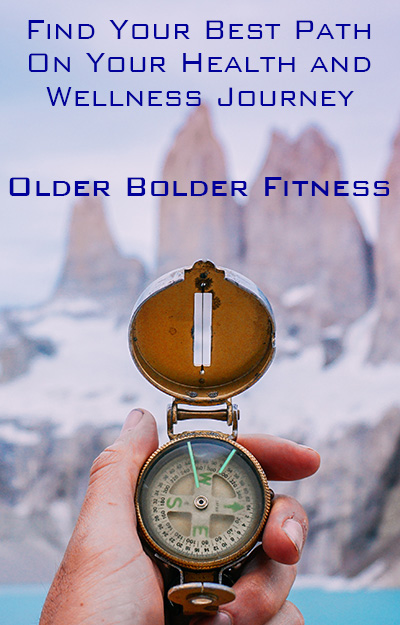I tend to think that we fly fishing anglers have something of a schizophrenic relationship with dams. By this I mean we are of two minds on the subject, and those two minds seem to operate best when they feel the other does not exist.
The popular opinion, of course, is that dams are inherently bad. The reasoning for this case goes that dams are barriers to fish and, in a more general sense, wildness itself. Rivers, we like to believe, should be free. This reasoning is based on a variety of evidence—everything from plummeting salmon numbers to romantic descriptions of the Madison before a portion of it was covered by Quake Lake. This is of course a perfectly valid way of thinking and not something I am arguing against. Dams do impede wildness and fish and seeing dams come down seems to give birth to something inside of us, perhaps the idea that things can be good again, that maybe we can go home again, at least a little.
The other personality in our collective schizophrenic mind is less celebrated yet no less commonly held: dams (at least when designed and operated in a certain way) can create some fine trout streams. We don’t exactly hide from this opinion—in fact it is not really an opinion, it is pretty much an accepted fact. There are multiple books on fishing such rivers. Each year a steady stream of SUVs pulling drift boats find their way to the Bighorn and the Green and the San Juan as if these streams were baseball diamonds in the middle of Iowan corn fields. Our actions say that the last thing we want is for these dams to come down. Rather than stifling wildness they are creating it—or at least the brand of it we like best—with cold blue water and clouds of midges and the nose of a big brown trout poking up to eat.
We call these rivers tailwaters or tailraces (those this term is somewhat out of fashion), in an effort (I think) to infuse some of the poetry and romance back into a river that is bottled up by a 500 foot tall slab of concrete. We learn about their hatches and how to run the rapids. Most of all we fish them, and we fish them hard.
I don’t have a problem with either of these ways of thinking. Making sweeping generalizations about the value of something as complex as stopping up a river rarely ends well. Each case is unique. But the reason I find myself thinking about these two somewhat conflicting ideas is that they seem to have come crashing up against one another in southern Idaho.
I first fished a section of the Bear River called “The Narrows” in the late 1990s. Much of the Bear is unfishable as a trout stream. Its water is brown and flat and the setting for tales of big carp. But The Narrows section is different. The river is held back by Oneida Narrows Dam and runs through a scenic canyon that is unlike much of the surrounding farm country. The water is not brown. The caddis hatches can be mammoth and the fish (at least when I fished it) are healthy and sometimes fat. The access is excellent. While I can’t verify this for sure, I believe that some of these things can be traced back to the dam, which seems to have helped create a nice trout fishery where a lesser fishery might exist otherwise.
The crashing together I mentioned comes in the form of another dam. A local canal company wants to dam the bottom of the narrows (flooding the current fishery) in effort to store more water for irrigation. I don’t know enough about this subject to wade in too deeply, but I find myself feeling a bit dizzy when I think of a tailwater (though I can’t confirm if the Oneida Narrows Dam is a bottom releasing outfit) being ruined by another dam just downstream. To up the level of complexity a bit, PacificCorp (who owns and operates the upstream dam) has sued the canal company in part because this new venture will nullify all the money they have invested in making The Narrows a viable recreation option—an investment that was mandated as part of them building the original dam. Levels upon levels, dams upon dams.
Its hard to know what the river below the new dam would be like. I don’t really know the topography very well and it all seems (wait for the pun) murky. The Idaho Department of Fish and Game sees positives and negatives in this situation, While Idaho Rivers United is firmly against the new dam.
As for me, I feel like my split personalities just found about one another.

